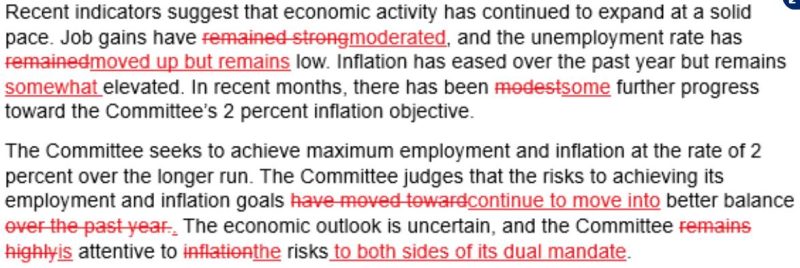The Federal Reserve (the Fed) has long been a central player in the dynamics of the global economy. As the primary monetary authority in the United States, the Fed is tasked with controlling inflation, promoting full employment, and maintaining stable economic growth. However, recent actions by the Fed have raised concerns about the unintended consequences of its policies, which could ultimately lead to a economic nightmare for both the nation and its citizens.
One of the major tools in the Fed’s arsenal is its ability to set interest rates. By manipulating the federal funds rate, the Fed can influence borrowing costs for businesses and consumers, thereby impacting spending, investment, and overall economic activity. In response to the economic challenges posed by the COVID-19 pandemic, the Fed aggressively slashed interest rates to near-zero levels in an effort to stimulate the economy.
While the Fed’s actions were initially seen as necessary and proactive, there are growing fears that the central bank’s ultra-low interest rate environment may be fueling dangerous asset bubbles. In particular, the housing market has experienced a significant surge in prices, driven in part by rock-bottom mortgage rates. This rapid appreciation in home values has raised concerns about a potential housing bubble, akin to the one that precipitated the 2008 financial crisis.
Moreover, the Fed’s expansive monetary policies have led to a staggering increase in the money supply. By flooding the financial system with liquidity through its bond-buying programs, the Fed has effectively diluted the value of the U.S. dollar. This devaluation has fueled inflationary pressures across the economy, with prices for goods and services on the rise.
In addition to the risk of inflation, the Fed’s actions have also created a precarious situation for savers and investors. With interest rates at historic lows, conservative savers are struggling to generate meaningful returns on their cash holdings. This has pushed many investors into riskier assets in search of higher yields, potentially exposing them to substantial losses in the event of a market downturn.
Furthermore, the Fed’s efforts to prop up financial markets and support corporate debt issuance have further distorted market dynamics. By effectively backstopping risky investments and corporate bonds, the Fed has incentivized excessive risk-taking and malinvestment, which could sow the seeds of a future financial crisis.
In conclusion, while the Fed’s intentions may be noble, its policies have inadvertently created a fragile economic environment fraught with risks. As asset bubbles inflate, inflation accelerates, and financial instability looms, it is vital for the Fed to carefully navigate the path ahead. By reevaluating its monetary strategies and adopting a more prudent approach, the Fed can mitigate the looming nightmare and safeguard the long-term health of the economy.

